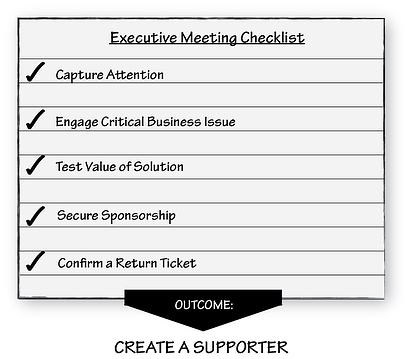Sales Training – The Next Practice for Learning Management Systems

By of Brandon Hall Group
The world economy has created a complex and expansive competitive environment for most companies. Competition used to be the “guy around the corner”. Now your chief competitor may be half way around the globe. Adding to this complexity is the highly evolved buy decision-making processes of both consumers and businesses. Buyers are more sophisticated than ever. Driven by the economic conditions that we all face and armed with a plethora of information from the internet, buyers often times know more about a product or service than the salesperson be asked to call upon them. There has been a premium placed on providing valuable information to sales professionals in a timely manner.
World Class Organizations trying to sell goods and services have not stood still as these changing and evolving market conditions have impacted their business models. Companies around the globe have turned to consultants, key opinion leaders and subject matter experts to help them understand how to develop sales teams that are effective in this type of business climate. Sales force effectiveness has become a hot issue and businesses from every industry and part of the globe are spending a lot of time and dollars searching for the right approach to improving sales performance.
One of the critical success factors to improving sales performance is re-investigating the need for sales training. The challenge to revamping sales training lies with the ability to assemble dynamic training content and then deliver it in a way that creates a measurable change in performance. Coupled with the content and deliver challenges is the opportunity cost for pulling sales teams out of the territories to deliver traditional “bricks and mortar” instructor led training. This type of instruction for years has been the backbone of corporate sales training around the globe. However, economic conditions have forced organizations to think of new and different approaches to delivering sales training.
Sales leaders have turned to their HR counterparts to leverage the benefits and advantages of e-learning. HR teams have known for some time that e-learning is a cost effective and highly impactful approach to delivering training and education to employees. E-learning embraces the principles of “just in time, just for me” learning and development. E-learning can be a powerful tool for sales training but there remains one more barrier to learning – proximity of the sales team to the learning environment. In the e-learning environment for all other employees, the delivery of training and education is more straightforward than for sales teams. The reason for this is clear – other employees are “in the building” and sales teams are “in the field”. This is where sales leaders have taken another chapter out of the HR team’s playbook – the leveraging of learning management technology to deliver sales training.
Sales teams have joined the ranks of their fellow employees in accessing their training and education through learning management systems. What has been labeled a part of “extended enterprise learning”; sales training has become a rapidly growing application for learning management systems. Leveraging the capabilities of an LMS for sales training is a logical and practical solution to bricks and mortar instructor led training. If you are interested in exploring the ability to leverage your learning management system for sales training you need to consider the following:
- Does your system support mobile learning?
- Can your system be accessed easily from individuals outside your firewall?
- Will your system support the development and delivery of sales training oriented learning material (e.g., video or voice over PowerPoint)?
- Will you be able to track a sales person’s learning progress and report their progress based on the current configurations of your system?
- Can your system support offline learning?
- Does your system support an easy and straightforward way to repurposing learning content?
- How does your system support social and collaborative learning?
These are just some of the questions that need to be asked in order to evaluate whether or not your system will support sales training effectively and efficiently. It may be time for you to re-engage your learning management system provider and learn more. A more productive sales team may be just around the corner for you.
Two notable sales training providers that have embraced the concept of sales training and learning management systems working together are Richardson and Holden International. These companies clearly understand the connection to enterprise learning and sales training.
In our 2011 Gold Case Study our members can learn about the results seen from SunTrust’s sales and talent development program.
As far as LMS providers, there are a good number of providers that position themselves as supporting sales training with their technology platforms. Blackboard, Kenexa, Certpoint, Firmwater, and Knoodle are just a few of these providers.
To learn more about these providers or how sales training can be supported by your LMS, please contact us at success@brandonhall.com.

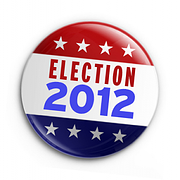
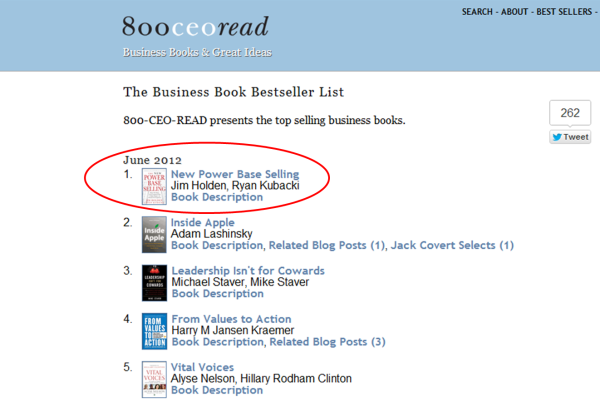

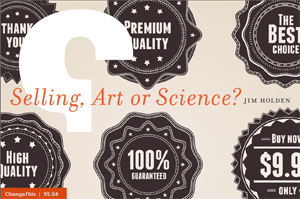
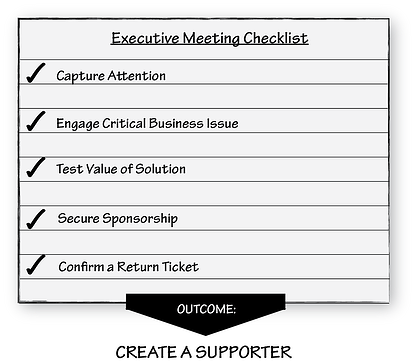
 1Picasso, Pablo. Guernica. 1937. Pablo Picasso. Web. 5 Apr. 2012.
1Picasso, Pablo. Guernica. 1937. Pablo Picasso. Web. 5 Apr. 2012.